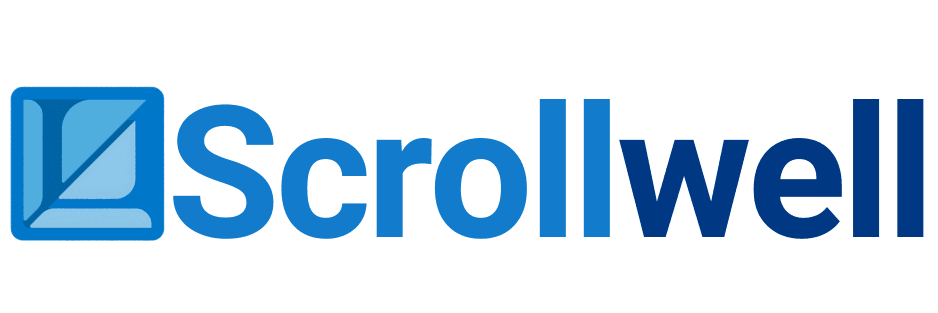How to Draft a Winning ATAL FDP Proposal Format
Submitting a proposal for an ATAL Faculty Development Program (FDP) is not just about filling out a template—it requires clarity, strategy, and alignment with AICTE’s objectives. Educators and institutions that present well-structured proposals significantly increase their chances of approval and funding.
Understanding the Purpose of an ATAL FDP Proposal
The ATAL FDP proposal format is designed to assess how effectively your program can contribute to skill enhancement, innovation, and knowledge dissemination. It ensures that your planned program aligns with the national vision of upgrading faculty skills in cutting-edge areas like AI, IoT, Data Science, Cybersecurity, and Sustainability.
Proposals are not only a technical requirement but also a reflection of an institution’s ability to organize large-scale knowledge-sharing initiatives. They play a vital role in bridging the gap between academic teaching and industry-driven skills.
Key Elements of a Strong Proposal
A winning ATAL FDP proposal format must include:
- Clear Objectives – Define what the participants will learn and how it will impact teaching outcomes.
- Detailed Program Design – Include session plans, expert speakers, and a mix of theoretical and practical learning.
- Institutional Support – Showcase facilities, labs, and institutional commitment to hosting the FDP.
- Expected Outcomes – Clearly highlight the benefits for both participants and the institution.
Another important component is budget planning. While the ATAL FDP provides financial support, institutions must present a realistic budget that justifies expenditures without overstating requirements.
Tips for Drafting a Successful ATAL FDP Proposal
- Follow Guidelines Strictly – Stick to the structure and word limits provided in the ATAL FDP proposal format.
- Incorporate Emerging Trends – Highlight how your program integrates the latest technologies and methodologies.
- Focus on Impact – Demonstrate how the FDP will positively affect faculty skills and student learning outcomes.
- Highlight Institutional Strengths – Mention any past FDPs, research projects, or collaborations that strengthen your credibility.
- Review and Refine – Proofread for clarity, coherence, and accuracy before submission.
Common Mistakes to Avoid
Many proposals get rejected due to avoidable errors such as incomplete details, generic objectives, or lack of measurable outcomes. Avoid using vague language like “enhance teaching skills”—instead, specify “enhance faculty ability to integrate AI tools in curriculum design.” This level of clarity strengthens the application.
Scrollwell’s Support for Faculty Development
At Scrollwell, we share the mission of strengthening faculty skills through structured programs. We not only deliver FDPs but also help educators understand how to draft impactful proposals. Our upcoming FDPs on AI in Education, Digital Pedagogy, and Data Analytics for Teachers reflect the standards expected in an ATAL FDP proposal format.
By participating in our training sessions, educators gain firsthand experience in proposal writing, session design, and program execution. This ensures they are better prepared when applying for AICTE-sponsored FDPs. Visit our programs page to learn more.
Conclusion
Drafting a winning ATAL FDP proposal format requires careful planning and attention to detail. Institutions that combine structured guidelines with innovative ideas stand out in the selection process. By focusing on objectives, structure, budget, and measurable outcomes, proposals can not only secure approval but also create a long-lasting academic impact.
Join the Scrollwell WhatsApp Community
Get timely updates on faculty jobs, FDPs, research opportunities, and professional development resources. Connect with a growing network of educators across India.
Join WhatsApp


